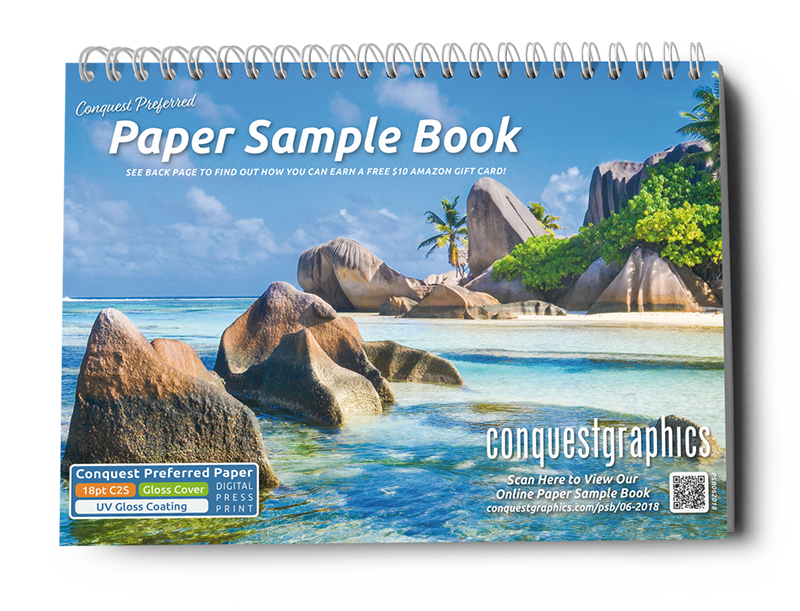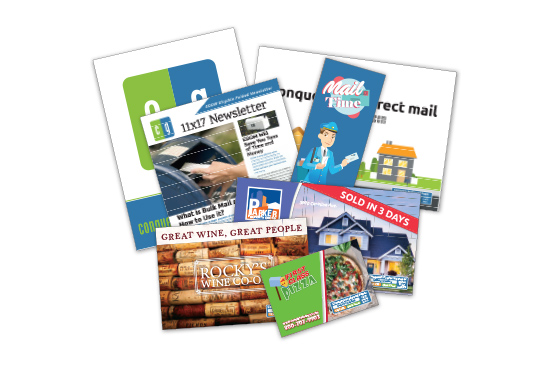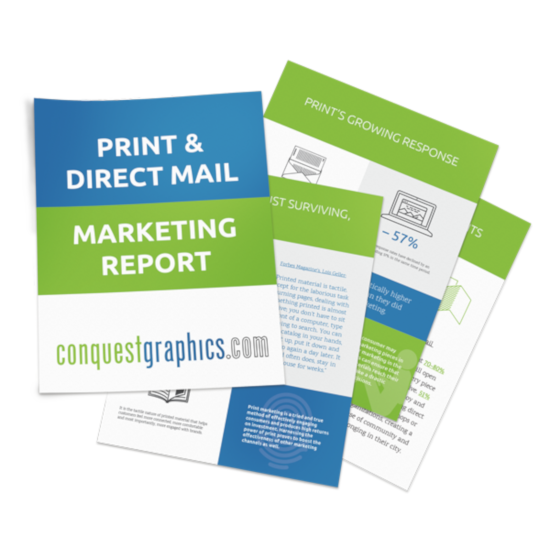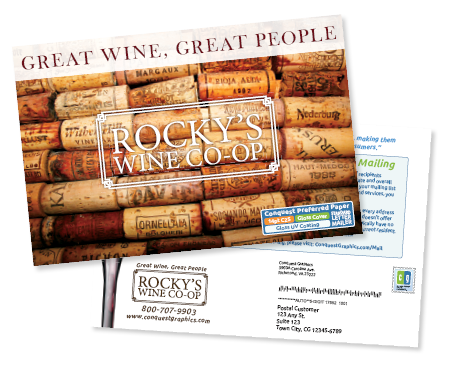 Magazines, journals, newsletters, booklets, quarterlies, digests, gazettes, publications, pamphlets, periodicals and more; there are many different names that can be used to describe the printed catalog. What exactly is it about catalogs that gives them such a broad and encompassing nomenclature?
Magazines, journals, newsletters, booklets, quarterlies, digests, gazettes, publications, pamphlets, periodicals and more; there are many different names that can be used to describe the printed catalog. What exactly is it about catalogs that gives them such a broad and encompassing nomenclature?
Answering this question is surprisingly difficult, since there are so many tiny details about each type of catalog that must be taken into consideration when deciding what to identify it as.
At the heart of this conundrum lies a profoundly important set of facts about catalogs that allows us to understand how they shape and are shaped by our culture, history, society and psychology.
These are the 12 features of catalogs that we believe make them such a powerful printed material for such a wide variety of applications.
1. People genuinely enjoy reading catalogs
Based on a recent study, 69 percent of catalogs are opened and read for an average of 30 minutes. What this tells us about catalogs is that people honestly enjoy reading them. Think about it this way: most of the customers who receive your catalog will likely spend 30 minutes of their valuable, limited time reading your catalog. Not only that, but 7 out of 10 respondents in the same survey also stated that they consult catalogs before making purchases, both online and off.
Combined with studies about the mail preferences of Americans from the USPS, this data points to a bright future for catalog marketing. According the USPS study, 87 percent of millennials genuinely enjoy receiving direct mail.
Combine that with better targeting and variable data customized printing that personalizes each and every piece sent out, and young people are even more likely to enjoy receiving your mail, and your revenue per catalog will triple.
 Thinking of the complete range of experiences your catalog could possibly provide for your reader is essential if you wish for your catalog to be one of the catalogs that grabs peoples’ attention enough to be worthy of a good 30-minute reading.
Thinking of the complete range of experiences your catalog could possibly provide for your reader is essential if you wish for your catalog to be one of the catalogs that grabs peoples’ attention enough to be worthy of a good 30-minute reading.
One of the goals of marketers should always be to get their marketing messaging to their prospects on the media they are most actively consuming. As recent studies show, the surprising surge of catalog marketing’s success isn’t just a short-lived fad. Rather, the trend has gone on for four years now, and it continues to move in a positive direction.
2. Catalogs are extremely flexible and can serve multiple purposes at once
Many people think of print as having a certain permanence to it, either due to the physical, tangible nature of it or because of outdated notions of print based on the slow nature of old school local printers that lacked the capability and capacity to handle today’s volumes and frequencies of orders.
Thanks to the emergence of web-to-print printers that are capable of delivering jobs with breakneck turnaround speeds, print has become a much faster and less wasteful medium for all purposes.
Very rarely, if ever, do you see printed catalogs that have just one purpose or objective that they’re seeking to accomplish. Today’s marketing catalog isn’t just a marketing catalog, it’s also a sales sheet, a branding opportunity, an ordering form, a source of income (if allowing advertising), and an industry-relevant resource.
In essence, today’s catalogs—at a bareؙ minimum—should “feed two birds with one scone,” to use a more pleasant idiom. The ideal catalog will be one that effectively feeds a whole flock with one scone.
The same idea applies to the targeting of your printed catalog. You can’t just aim to single out one audience segment to reach with each catalog. Trying to be too specific is highly inefficient and limits the growth of your business.
Your catalog’s readers are most likely going to be people who also consume a lot of media through the internet, and they’re going to most likely have a large amount of interests in topics and products other than the ones you’re trying to sell. Due to the eclectic nature of your audiences’ interests, passions, desires and experiences, you need to be versatile and adaptable so you can address a wide variety of subjects, themes and ideas that your customers find interesting or useful.
In this way, you can easily add even more value to your catalog to make it an even more powerful marketing tool than it already is.
3. Catalogs can be easily integrated into marketing campaigns across other media
A catalog can easily have its content adapted to tie in to campaigns across other media, both digital and non. Whether it’s as simple as displaying a social media icon to encourage a customer to check out your business or organization’s page or a interactive QR code that leads your customer to a deeper experience with your brand through digital media, there are thousands of possible methods you could use to integrate other media types into your print.
 Interactive print produces experiences that customers find memorable and meaningful. Not only do they give the customer something to physically and mentally engage with, but they demonstrate the depth of your organizations technical skills, while also showing that you’re up to date on the latest technologies in marketing.
Interactive print produces experiences that customers find memorable and meaningful. Not only do they give the customer something to physically and mentally engage with, but they demonstrate the depth of your organizations technical skills, while also showing that you’re up to date on the latest technologies in marketing.
Realistically, you don’t even have to alter your existing marketing campaigns across other media types to integrate your catalog. In this way, it’s practically a form of marketing that comes at little cost to your other marketing efforts, as it won’t detract from your ability to deliver the same quality and quantity of content on your other pre-existing platforms.
4. Catalogs tell people what to buy
This may sound a little crazy, but catalogs kind of tell people what to buy. The more visible a given product or service is across print media, the more likely the reader, who may even just be a passerby, will remember your brand the next time they have to make a purchasing decision for whatever product or service you may provide.
We’ve already hinted at this fact a lot, but we wanted to state it one more time to really drive the idea home that printed catalogs have a huge influence over how people buy and what brands they consider to be trustworthy with quality products.
If a customer is hesitating while making a decision, something they see in a catalog about your products or services could help them make their decision more quickly. Not only do catalogs accelerate the purchasing decision of customers in this way, but they also can urge people to make purchasing decisions through a sort of passive pressure just by showing customers what they could have now if they went ahead and purchased it.
The marketing tactic and strategy you end up using is going to be highly customized to whatever product or service you’re trying to sell, so keeping your ideal customer in mind while considering the various details that influence them or push them to impulsively act on purchasing your product.
5. Catalogs can be as long or as short as they need
While most commercial printers do offer a set of standardized sizes, catalogs can realistically be cut to any dimensions, within reason. This enables the catalog to present any kind of visual or textual information it needs to in whatever format the catalog creator prefers.
In addition, catalogs can be any page length, so long as it’s under 96 pages. Anything above that, and you’ll have to go with perfect binding which isn’t a standard offering, and will result in increased costs and turnaround times. Perfect binding is basically an added paper spine that covers a section of glue that holds all the pages in place.
With 96 pages or less at your disposal, there are practically infinite possibilities of what kinds of materials you could use to fill the pages. The way in which you do so will have a lot to do with the success of your catalog, but if you check out our blog on how to make an effective marketing catalog, you should be good to go.
6. Catalogs can take on many names
As we mentioned at the beginning of this article, catalogs can take on many different names. For this reason, it can be difficult for someone to understand how our catalog product and our magazine product or booklet product differ from one another and why they are listed separately.
Unlike magazines, catalogs are typically thought of as being more direct sales oriented, as they often have mail order forms inside or along with them that customers can use to place an order for items listed in the catalog. Catalogs are thought of as a more comprehensive listing of a business’ products or services, whereas a magazine is thought of as being more editorial and descriptive.
Booklets, on the other hand, are thought of as longer form, informational and relatively more evergreen in their information than magazines or catalogs. Typically booklets are things that people think of lasting multiple years since the information is more generalized and not as “periodical” as that included in magazines and catalogs.
It is due to these differences in context and intended purpose that we list separate products for magazines, booklets and catalogs even though they share the exact same format and specification options.
What this says about catalogs is that they are, in general, one of the most popular printed medium since they can allow enough variations to provide space for whatever types of information you could desire to transmit via their pages.
7. Catalogs allow you to control your brand through characterization
Depending on the purpose of your catalog-formatted piece, there are several ways you can use it as a highly effective branding opportunity. Whether you characterize your brand through long-form articles on the social issues pertinent to your brand or simply curate your product listings to highlight a certain set of products, catalogs provide a controllable means of “coloring in” all the human elements of your brand.
These intangible details about your business are largely developed by exercising editorial control over the types of content or products you choose to highlight, as it all tells the reader what you as a brand value and think is important.
With the right amount of knowledge about your target audience and the content you’re writing about, catalogs can be made into perfect branding opportunities. By being strategic and calculated with the content you choose to include and exclude, you can carefully control the emotions and concepts your audiences associate with your brand.
While this may seem like a psychologically complicated thing to do, the important thing to remember is that your ultimate goal is simply to generate content you feel is authentic to your brand. Doing so should naturally allow you to enhance your brand exactly as you would have wished through catalogs and magazines.
8. Catalogs have been around for a long, long time.
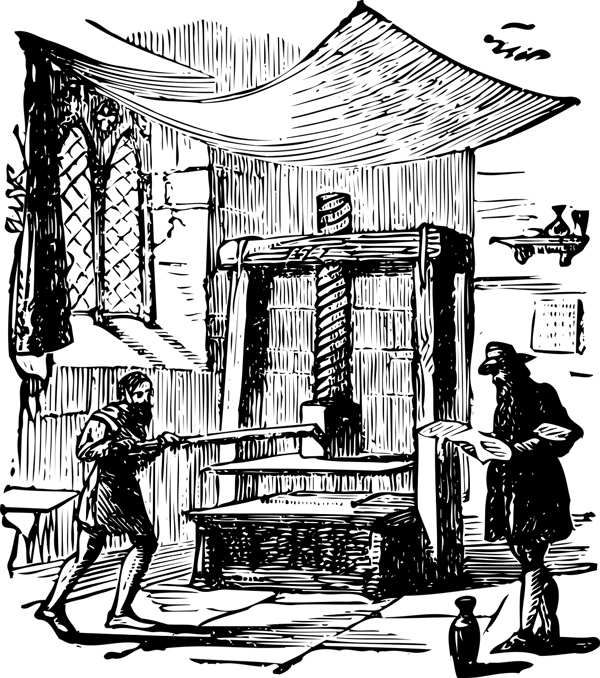 While the first catalog may have only been published as recently as the 19th century, there have been other forms of the same medium that have been produced and circulated for far longer. Since Johannes Gutenberg invented the printing press around 1450 C.E., people have been printing on pieces of paper, stacked them on top of each other and bound them together with a string or band.
While the first catalog may have only been published as recently as the 19th century, there have been other forms of the same medium that have been produced and circulated for far longer. Since Johannes Gutenberg invented the printing press around 1450 C.E., people have been printing on pieces of paper, stacked them on top of each other and bound them together with a string or band.
This fundamental bound medium, sometimes historically referred to as a pamphlet or a booklet, has exploded in popularity since then and they’ve become so universal that almost every culture utilizes it as a medium to express ideas and concepts on paper. Simply put, binding papers together to create a booklet-like medium is sometimes the only way to get all the information required to tell a certain story or convey a certain idea on a page. This is due to the fact that it is quite simply impossible to fit some types of content onto a single page, either due to length or the visual layout of the page.
In whatever form catalogs have existed, they’ve been a reliable medium for spreading complex ideas and information to large groups of people. It can be argued that without this type of medium, we never would have been able to convey complex ideas and concepts to one another the same way we’re able to today.
Why a Catalog Marketing Plan is Essential for Marketing Today
The resurgence in the popularity of catalog marketing caught many marketers by surprise, and it went against many of the earlier marketing forecasts that consistently placed diminishing importance upon print marketing as it reprioritized digital marketing tools.
With the emergence of direct mail again as a marketing medium worth of marketers’ attentions, catalog marketing has taken the forefront as one of the most important and high-ROI print marketing tools today across all industries.
With such a powerful, low-cost tool now available to marketers through advancements in automation and new “one stop shop” options such as web-to-print’s mailing offerings, marketers now have more choices than ever on how they can win big without having to spend big.
